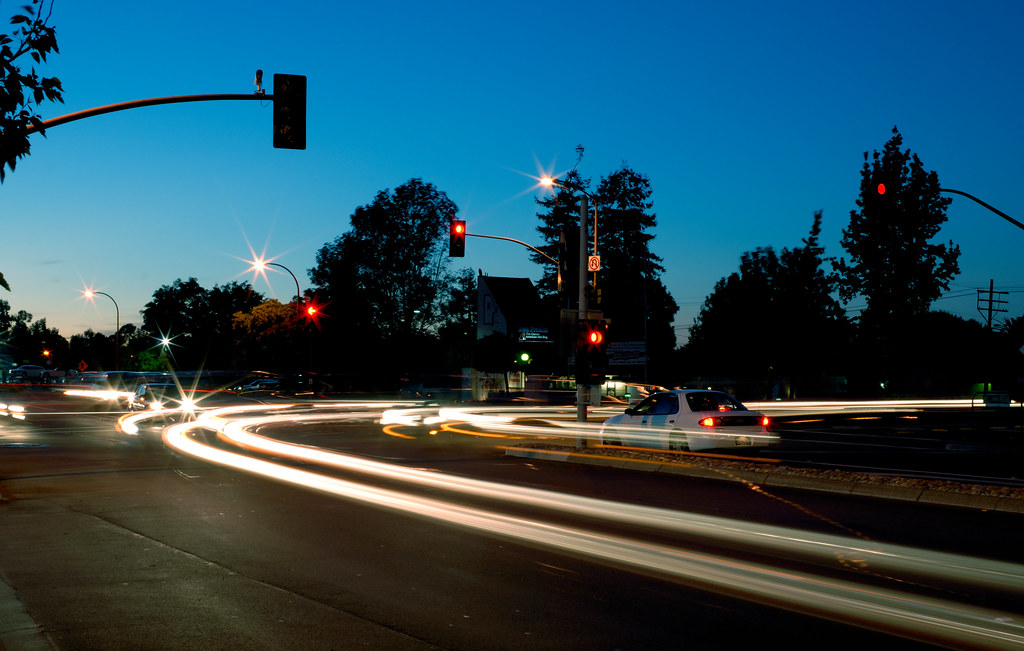 |
| Photo by, Flickr user, (nz)dave |
With Redwood City's Downtown Precise Plan unfolding right before our eyes, the planning commission has decided to turn their attention towards one of the city's most important transit corridors.
City Council approved a consultant agreement this past Monday to prepare a plan for future growth along El Camino. They entered into a $195,604 contract with San Francisco based urban planning firm, Dyett & Bhatia, to create the El Camino Real Corridor Plan, which could take as long as 18 months to complete.
According to Vice Mayor, Ian Bain, "this is not a plan to build big buildings. It’s about best uses and improving the overall look and feel of the corridor. El Camino can be a visibly much better looking street.” Bain assured that a primary focus of growth along the plan will be increasing the supply of below market rate housing, adding that any housing that will be built, will be done in a manner that is "sensitive, height appropriate and doesn’t bring more traffic".
A major criticism of the 2011 Downtown Precise Plan has been that it invited a huge wave of development - both commercial and residential - yet hardly accounted for any below market rate housing. Rents have risen to unbearably high levels for some residents, and many attribute this to overgrowth brought about by the precise plan. No significant portion of the newly built housing units are offered at below market rate. This time around, city council is insisting that affordable housing is at the center of their planning efforts.
Small business retention, traffic mitigation, and pedestrian/bicycle safety will also be among the top concerns throughout the planning process. With regards to traffic mitigation, Mayor John Seybert has said that Caltrain and SamTrans should be a part of the solution.
Residents will not be without a voice in the planning process. A community advisory committee will be established to give the people who live along the El Camino Corridor an opportunity to help shape the plan.
According to the San Mateo Daily Journal, the plan could include:
• A form-based code that focuses on design and architecture. The form based code would work within the existing maximum height standards (no intensification beyond existing zoning standards will be proposed);
• Emphasis on housing opportunities with a focus on providing affordable housing;
• Connections and interface with the Downtown Precise Plan;
• Opportunities for implementing the city’s Community Benefit (Partnership RWC) program;
• Implementation of public improvements to enhance appearance and functionality of El Camino Real;
• Design guidelines for future projects; and
• A comprehensive small business preservation and development strategy.
• Emphasis on housing opportunities with a focus on providing affordable housing;
• Connections and interface with the Downtown Precise Plan;
• Opportunities for implementing the city’s Community Benefit (Partnership RWC) program;
• Implementation of public improvements to enhance appearance and functionality of El Camino Real;
• Design guidelines for future projects; and
• A comprehensive small business preservation and development strategy.

